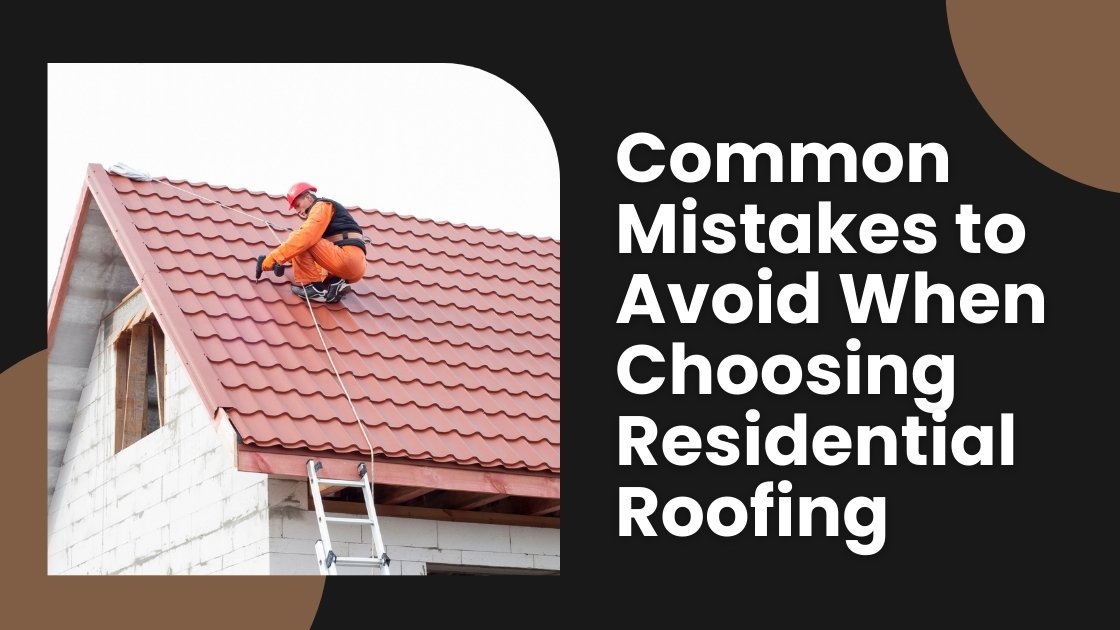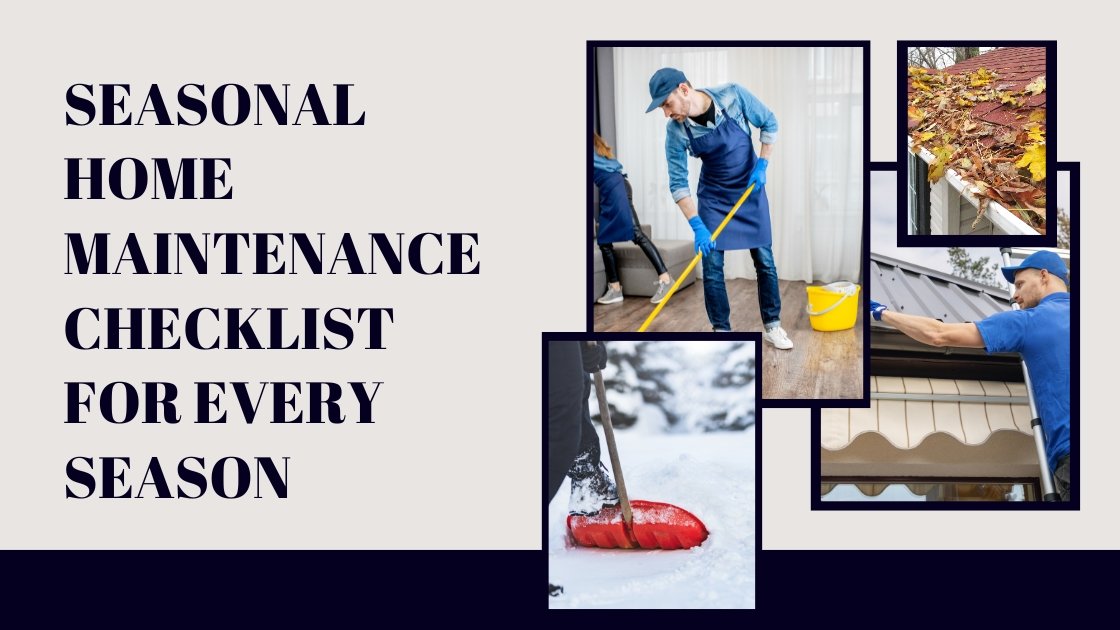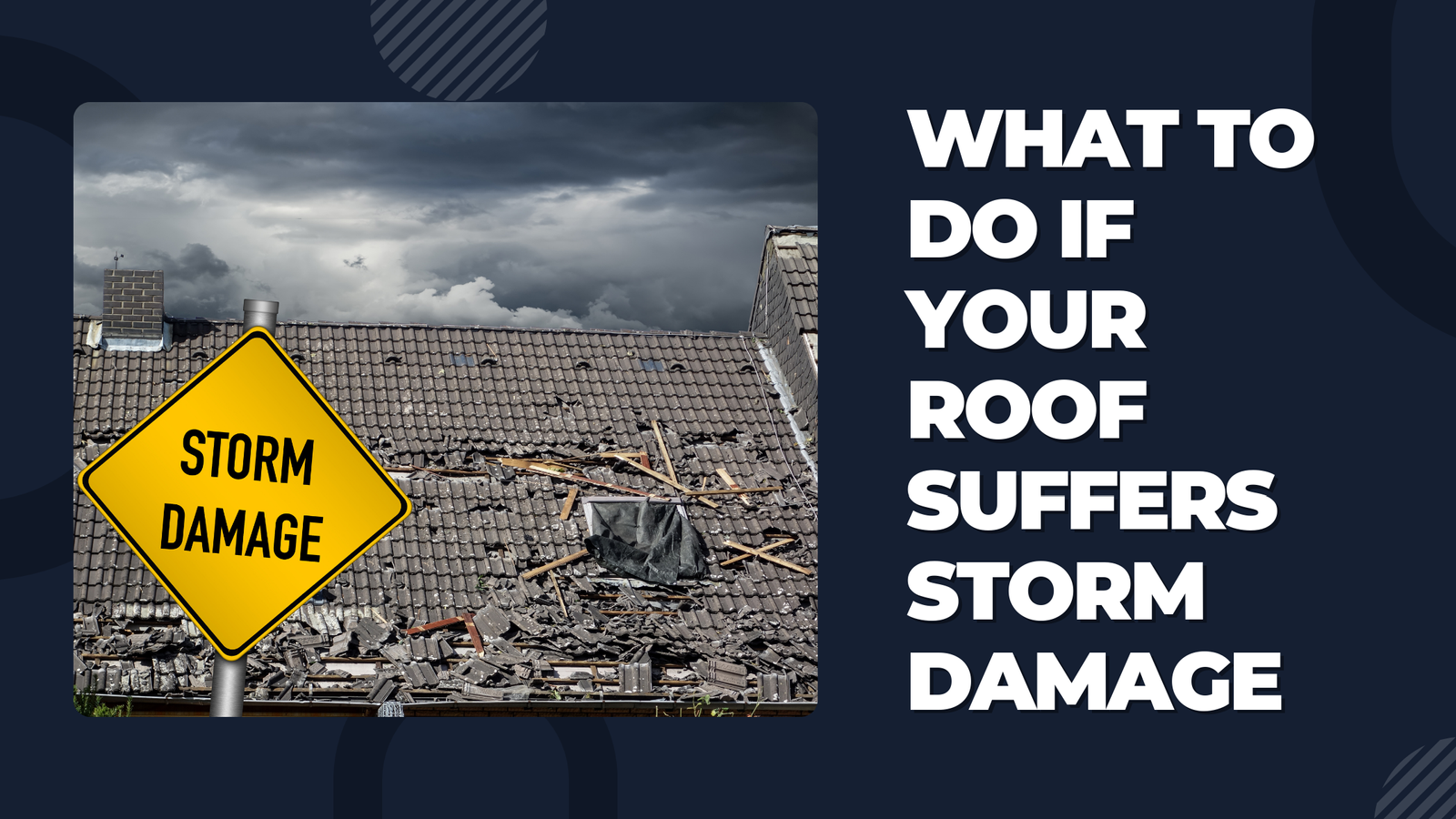
Choosing the right roofing for your home is crucial for both the protection of your house and the overall aesthetic appeal. However, many homeowners make mistakes during this process that can lead to costly repairs and even damage. In this article, we’ll explore deeper into the common mistakes to avoid when selecting residential roofing, providing you with the knowledge to make informed decisions.
1. Ignoring the Climate
One of the biggest mistakes homeowners make is not considering the local climate when choosing roofing materials. Different materials perform better in different weather conditions. For instance, asphalt shingles, while popular and affordable, may not be the best choice in areas with extreme heat as they can warp and deteriorate quickly. Conversely, metal roofs can be ideal for regions prone to heavy snowfall due to their durability and ability to shed snow easily.
Understanding Climate Impact:
- Hot Climates: In areas with high temperatures, materials like clay tiles or metal roofing are excellent choices. They reflect the sun’s rays and help keep your home cooler.
- Cold Climates: For colder regions, materials that can withstand heavy snow and ice, such as metal or slate, are preferable. These materials are durable and can handle the freeze-thaw cycles.
- Humid Climates: In humid areas, choose materials that resist mold and algae growth, like metal or treated asphalt shingles.
2. Overlooking Roof Ventilation
Proper ventilation is essential for the longevity of your roof. Without adequate ventilation, heat and moisture can build up in your attic, leading to premature aging of roofing materials and potential structural damage. Poor ventilation can also affect your home’s energy efficiency, increasing cooling costs in summer and heating costs in winter.
Key Points on Roof Ventilation:
- Prevents Moisture Buildup: Adequate ventilation prevents moisture from building up in the attic, which can lead to mold and mildew growth.
- Extends Roof Lifespan: Proper ventilation helps to extend the lifespan of your roofing materials by reducing the temperature in the attic.
- Improves Energy Efficiency: A well-ventilated attic can help reduce energy costs by maintaining a balanced temperature.
Ensure that your roofing contractor includes a proper ventilation system in the roofing plan. This typically involves installing soffit vents, ridge vents, or gable vents.
3. Choosing Based on Price Alone
While it’s important to stay within your budget, choosing the cheapest option can be a costly mistake in the long run. Low-cost materials may have shorter lifespans and may not offer the same level of protection as more durable options. Investing in quality materials can save you money over time by reducing the need for repairs and replacements.
Considering Long-Term Costs:
- Durability: Higher-quality materials, such as metal or slate, may have a higher upfront cost but will last significantly longer than cheaper alternatives.
- Maintenance: Cheaper materials often require more maintenance, which can add to the overall cost over time.
- Energy Efficiency: Investing in energy-efficient materials can reduce your utility bills, offsetting the initial cost.
4. Not Checking Contractor Credentials
Another common mistake is hiring a contractor without proper credentials. Always verify that the roofing contractor is licensed, insured, and has good reviews. A reputable contractor will provide quality workmanship and stand by their work.
Verifying Contractor Credentials:
- License and Insurance: Ensure the contractor has the necessary licenses and insurance. This protects you from liability in case of accidents or damage during the project.
- Experience: Look for contractors with extensive experience in residential roofing. Experienced contractors are more likely to provide quality work.
- References and Reviews: Ask for references and check online reviews. This can give you insight into the contractor’s reliability and quality of work.
5. Ignoring the Architectural Style of Your Home
Your roof should complement the architectural style of your home. A mismatched roof can detract from your home’s curb appeal and even affect its value. Different roofing materials and styles work better with certain types of homes.
Matching Roof Style to Home Architecture:
- Traditional Homes: For traditional homes, asphalt shingles or wood shakes can complement the classic design.
- Modern Homes: Metal or flat roofs can enhance the sleek, clean lines of modern architecture.
- Historical Homes: Slate or clay tiles are often used for historical homes to maintain the period’s authenticity.
6. Skipping the Warranty
Never skip on the warranty when choosing a roofing material. A good warranty can save you from unexpected costs if something goes wrong with your roof. Ensure you understand what is covered under the warranty and for how long.
Understanding Roof Warranties:
- Material Warranty: Covers defects in the roofing material itself.
- Workmanship Warranty: Covers issues related to the installation process.
- Extended Warranty: Some manufacturers offer extended warranties that provide additional coverage.
Always read the fine print and understand the terms of the warranty. This can save you from potential headaches and expenses in the future.
7. Overlooking Roof Inspections
Regular roof inspections are crucial for maintaining your roof’s health. Many homeowners overlook this important step, leading to minor issues becoming major problems over time. Inspections can help identify potential issues early, saving you from costly repairs.
Importance of Regular Roof Inspections:
- Early Detection of Issues: Inspections can identify small issues before they become major problems, such as leaks, damaged shingles, or structural issues.
- Extends Roof Lifespan: Regular maintenance and repairs can significantly extend the lifespan of your roof.
- Protects Home Value: A well-maintained roof protects your home’s value and ensures your investment is secure.
8. Neglecting Energy Efficiency
Energy efficiency is an important factor when choosing roofing materials. Some materials offer better insulation, reducing heating and cooling costs. Reflective roofing materials can help keep your home cooler in the summer, while well-insulated roofs can keep your home warmer in the winter.
Energy-Efficient Roofing Options:
- Cool Roofs: These roofs are designed to reflect more sunlight and absorb less heat, keeping your home cooler.
- Insulated Roofs: Adding insulation can help maintain a comfortable temperature in your home year-round.
- Solar Roofs: Integrating solar panels into your roof can provide energy savings and reduce your carbon footprint.
Conclusion
By avoiding these common mistakes, you can ensure that you choose the right roofing for your home, one that will last for years and provide excellent protection. Remember to consider the climate, ensure proper ventilation, invest in quality materials, check contractor credentials, match the roof with your home’s style, and secure a good warranty. Additionally, regular roof inspections and considering energy-efficient options can further enhance your roof’s performance and longevity.
For professional assistance and quality roofing services, consider reaching out to experts in roof repair in Friendswood, TX. Their expertise can help you navigate the roofing process and ensure you make the best choices for your home.


